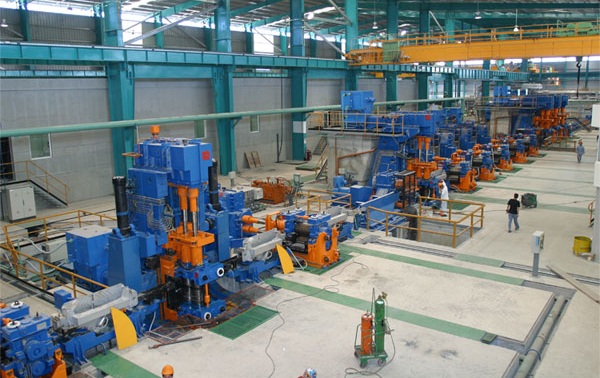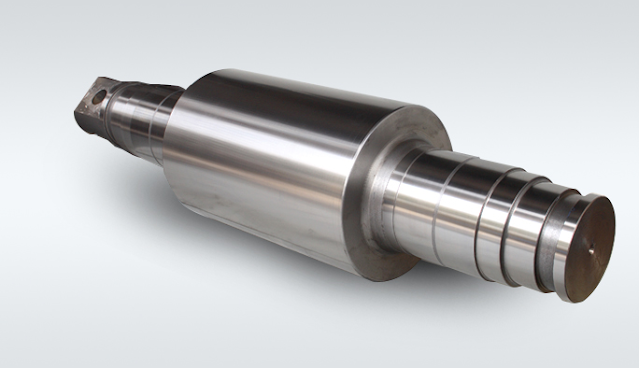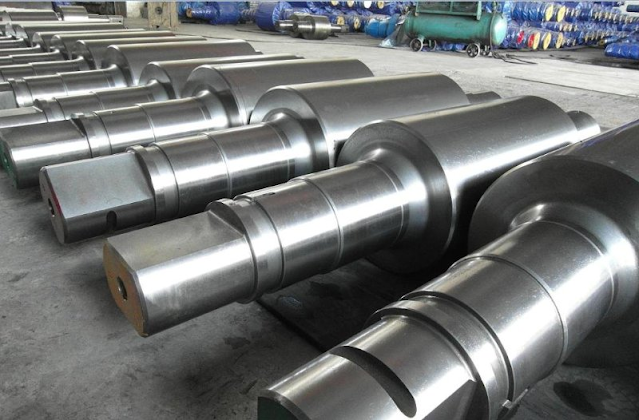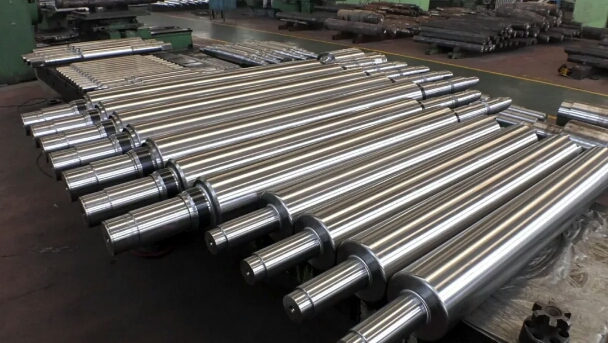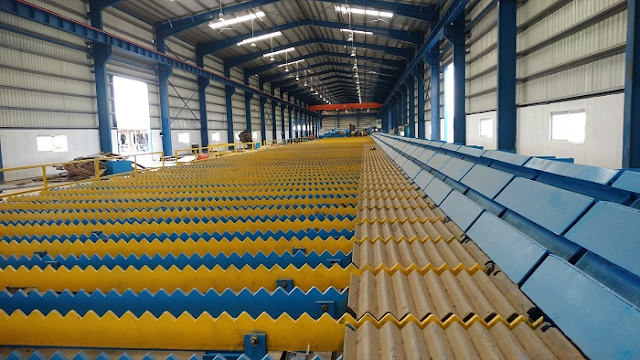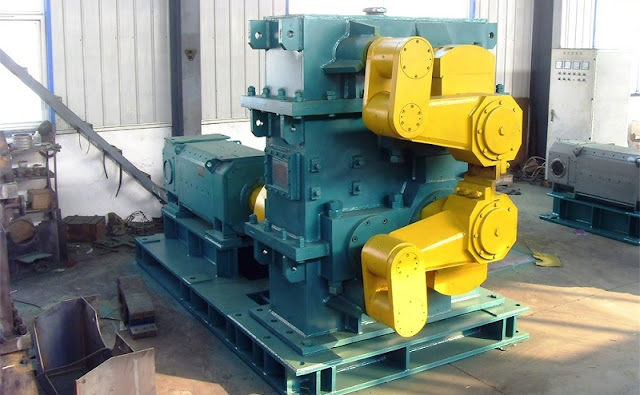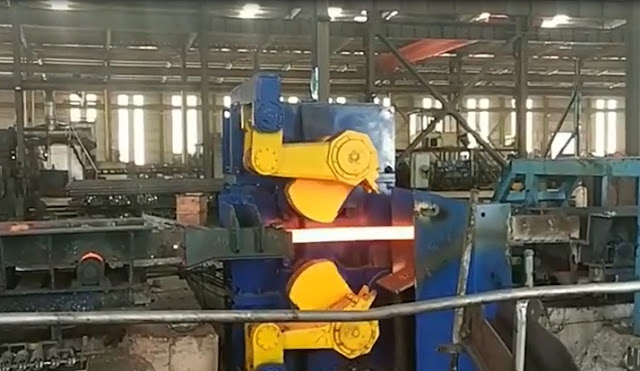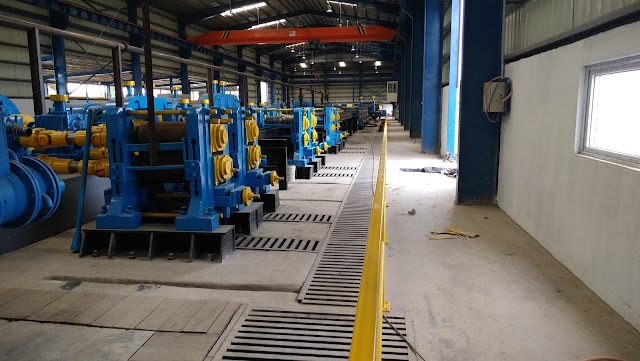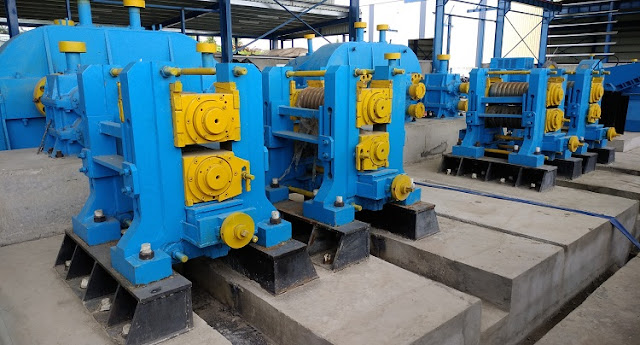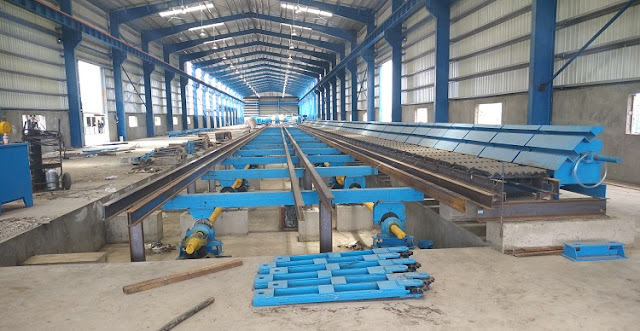What Is Steel Rolling Mill Machinery?
The steel rolling mill machinery is a mechanical device that realizes the metal rolling process. It refers to the equipment that completes the whole process of rolling material production, including main equipment, auxiliary equipment, lifting transportation equipment and auxiliary equipment.
Steel rolling mill machinery can be divided into two parts: main rolling mill equipment and rolling mill auxiliary equipment.
Steel Rolling Mill Machinery Main Equipment
The main equipment of the steel rolling mill machinery includes the main motor, the working machine base and the main transmission (reducer, gear base, coupling, coupling shaft, etc.).
The steel rolling mill machine working machine seat is composed of a roll, a roll bearing, a frame, a rail seat, a roll adjusting device, an upper roll balancing device and a roll changing device.
Steel Rolling Mill Machinery Auxiliary Equipment
Auxiliary equipment for steel rolling mill machinery includes:
Transport equipment, such as the roller conveyor for longitudinal transport of rolled products, the lifting platform for transporting rolling stock in the vertical direction, and the steel pulling machine and steel moving machine for transversely transporting rolled stock.
Processing equipment, such as shearing machines (flying shear, gripping shear) and hot saw machines for cutting rolled products, straightening machines for straightening rolled products, and coilers for taking up rolled products.
Other finishing equipment, such as a steel turning machine for reversing rolling stock, a rotary table for revolving rolling stock, and a cooling bed for cooling rolled products.
And various mechanical equipment used in the processes of collection, pickling, printing, packaging, etc.
In general, the higher the degree of mechanization, the greater the proportion of auxiliary equipment weight to the total weight of the rolling mill workshop machinery.
Therefore, the degree of application of auxiliary equipment is also one of the important signs of the degree of mechanization of the rolling process.
Since 1989 Hani Tech has been always involved in design, engineering, manufacturing and installation of complete hot rolling mill plant for long products (re-bars, SBQ bars, wire rod, small and medium sections), as well as revamping and upgrading of existing plants.
Hani Tech is the one-stop manufacturer & supplier able to design, manufacture, install and commission your hot rolling mill plant from A to Z.
Please contact stella@hanrm.com for a quotation.
And free send inquiry to us.
Email: stella@hanrm.com stellarollingmill@gmail.com
Whatsapp/Wechat:+8615877652925
